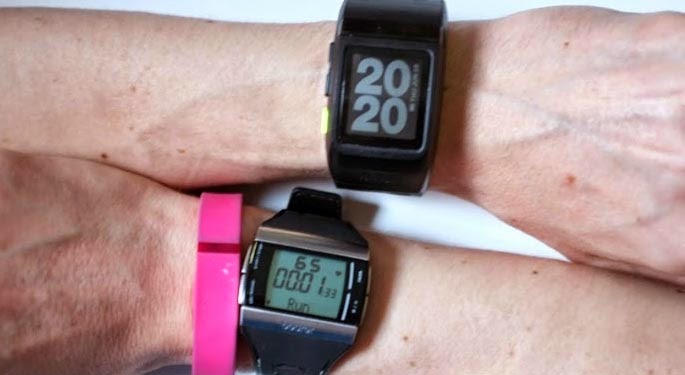I spend quite a lot of time thinking and writing about wearable computing, especially the current range of health trackers. Obviously, there's lots of technology involved in these, from tracking our movements to health metrics like sleep, heart rate, blood pressure etc.
But there's one wearable that's a dumb as any wearable can be, but which gives me very useful - if limited - data.
It's my wedding ring.
Obviously I wear it all the time and on that basis, it provides me with a pretty good idea of the thickness of my finger, and hence my overall weight.
When I first got it, it was a snug fit. I weighed around 73 kg, but given my current situation - a state of work, life and exercise balance - I can be as low as 70.5 kg. I check my weight regularly and accurately on the scales, of course, but the looseness (or tightness) of my wedding is an ever-present reminder of the situation.
In that way, it's actually much more useful than any piece of wearable computing because as well as providing a metric associated with weight, it also provides a subtle challenge. After all, I don't want to get too thin and lose it!
And perhaps that's the lesson to wearable computing companies. Most of my failures with their technology have been for indirect reasons - they break, they get lost, they aren't nice to wear. Wearables need to be less smart but more intuitive. If nothing else, we need to be want to wear them for their own sake and not get information from them without access to a computer or mobile phone.
An infinite battery life is good too!









